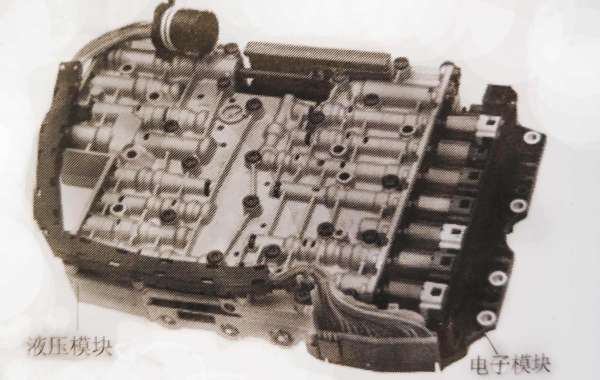The meaning of LPG Regulator: The device can keep the downstream pressure stable, regardless of changes in gas flow and upstream pressure. 1. Reduce the upstream pressure to a stable downstream pressure; 2. When the pressure regulator fails, it should be able to limit the downstream pressure within a safe range.
The biggest function of the LPG regulator is to keep the gas at a stable pressure when in use to ensure that gas appliances get a stable fuel/air ratio (gas to air ratio); the gas supply system uses a pressure regulator to reduce the gas pressure and Stabilize it at an appropriate level so that the gas can be used safely, economically and efficiently.
LPG pressure regulators are mainly used for natural gas, natural gas, nitrogen, oxygen, ammonia, liquefied gas, natural gas and other gas pipelines. It is widely used in gas stations, industries, hotels, canteens and liquefied gas cylinder stations for pressure regulation/decompression/stabilization, with significant effects, safety and reliability.
The installation process of the LPG regulator: 1. Before installing the LPG regulator, perform a pressure test and purge the pipeline to ensure the sealing and cleanliness of the pipeline. 2. The LPG regulator should be installed horizontally and vertically on the pipeline. In addition, care should be taken to ensure that the medium flow in the pipeline is consistent with the direction indicated by the arrow on the valve body during installation. 3. Control ball valves should be installed on both sides of the LPG regulator, and bypass pipes should be installed for maintenance.
Recommendations for purchasing LPG Regulator: This selection needs to provide parameters such as inlet pressure, outlet pressure, flow rate and medium.






